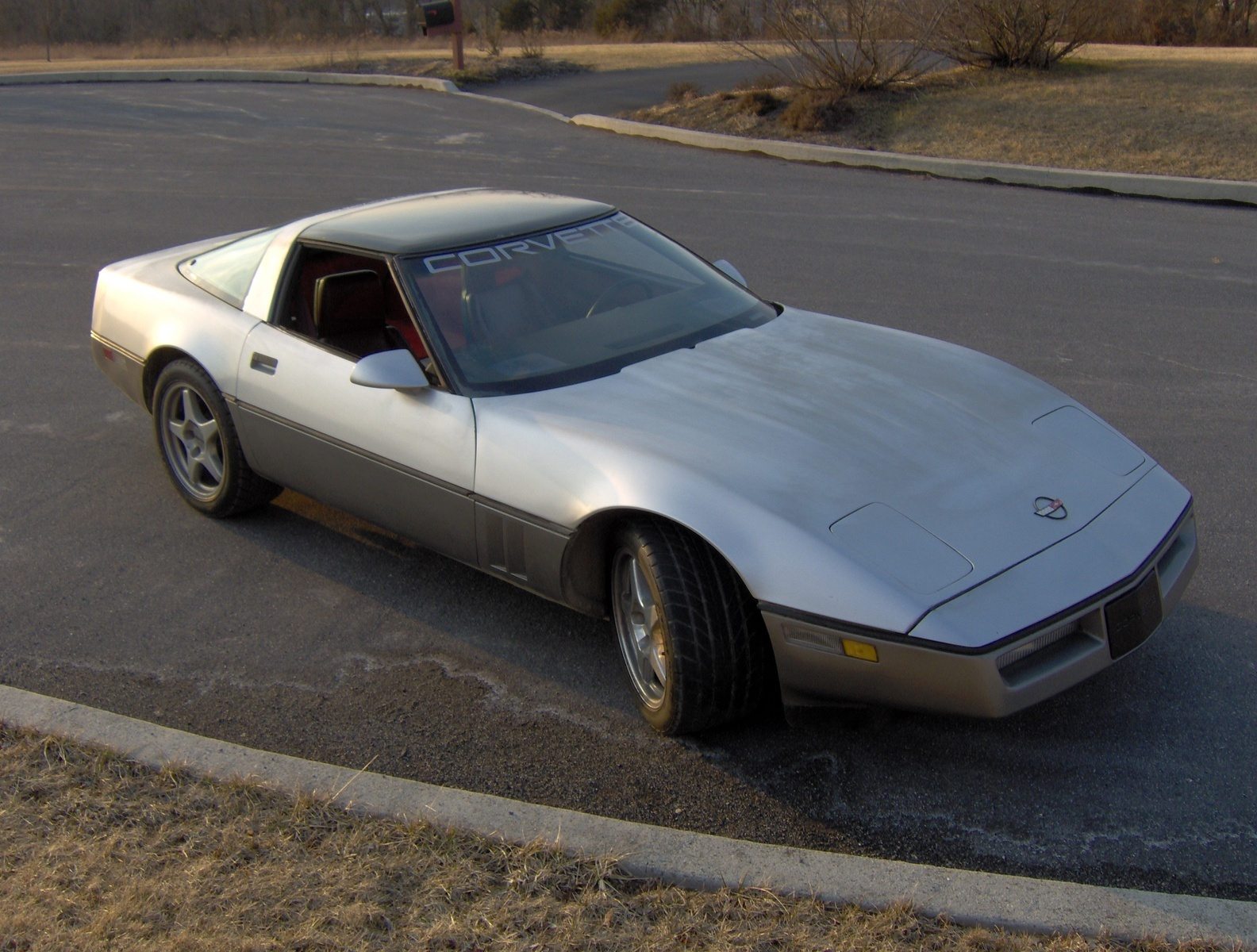The information contained on this page is for reference only and may contain incomplete or outdated information. Read more: 1984 Corvette guide.
1984 Corvette Recalls
Recall 07e088000
Make: Chevrolet
Model: Corvette
Model Year: 1984
Manufacturer: Honeywell International, Inc.
Mfr’s Report Date: Oct 19, 2007
Nhtsa Campaign Id Number: 07e088000
Nhtsa Action Number: N/a
Component: Equipment
Potential Number Of Units Affected: 121680
Summary: Certain Honeywell Fram Racing Brand Hp4 And Hp8 Oil Filters That Were Manufactured From May 25, 2006, Through September 14, 2007, And Sold For Use As Replacement Equipment For Vehicles List Above. The Affected Filters Are Marked With A Date Code A61451 Through A72571 Sequentially. The Date Code And Part Number Appear On The Filter Housing. Fram Racing Hp4 And Hp8 Oil Filters Not Bearing A Date Code In This Range Are Not Affected By This Recall. The Gasket Of The Oil Filter Becomes More Pliable Under High Temperatures And Pressures.
Consequence: This Condition May Cause Inadequate Sealing And Loss Of Engine Oil, Possibly Resulting In A Fire.
Remedy: Honeywell Will Replace The Affected Oil Filters Free Of Charge. The Recall Began During November 2007. Owners Can Contact Fram Customer Service Toll-free At 1-800-890-2075.
Notes: Customers May Contact The National Highway Traffic Safety Administration’s Vehicle Safety Hotline At 1-888-327-4236 (Tty: 1-800-424-9153); Or Go To Http://www.safercar.gov.
No Subscription? You’re missing out
Get immediate ad-free access to all our premium content.
Get Started



